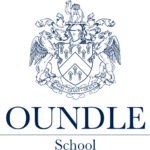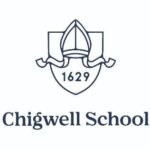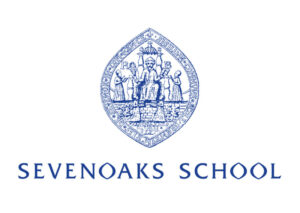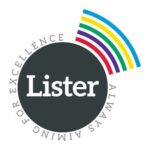The UK Education System
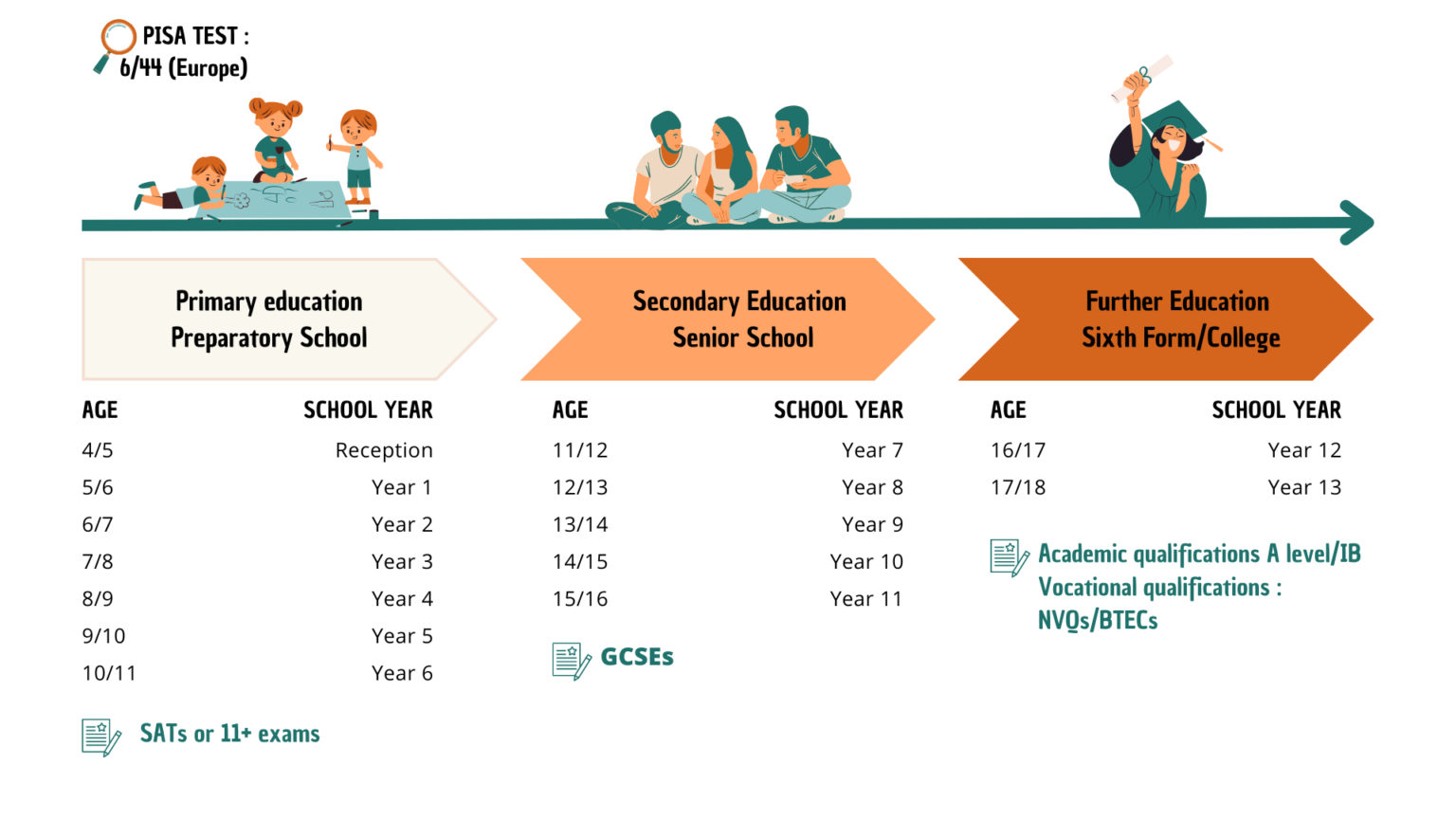
Key facts
Here is the structure of the English education system:
- Early Years Foundation Stage (EYFS): This stage is for children aged 3 to 5. It focuses on learning through play and structured activities.
- Primary Education: Children aged 5 to 11 attend Key Stages 1 and 2 of primary education where they learn basic subjects such as English, Mathematics, and Science.
- Secondary Education: Students aged 11 to 16 attend Key Stages 3 and 4, culminating in General Certificate of Secondary Education (GCSE) exams.
GCSE : Students usually begin preparing for the GCSE exam in Year 9 or Year 10 and take 2 to 3 years to complete it. The exam is mandatory at the end of Year 11. To obtain GCSE, students must pass an exam in the core subjects (English language, English litterature, mathematics, science) and some optional subjects. In total, students usually have between 10 to 14 subjects to pass. Before 2014, students received grades from A* to G. Since Michael Gove’s reform, students receive a numerical grade from 1 to 9, with 9 being the highest. This change aims to provide more differentiation among high-achieving students. Additionally, new subjects such as music, art and drama are now possible to pass. GCSE is key in determining the future educational paths of students, especially for A-levels or other further education qualifications. The results are also taken into consideration by employers while evaluating the qualifications of school leavers.
- Further Education: After finishing compulsory education, students have the option to pursue further academics, such as A-levels, or vocational qualifications.
- Higher Education: English universities are well-known globally. In England, higher education usually involves bachelor’s, master’s, and doctoral degrees.
In England, boarding school culture and house systemls are very traditional, with some important rules.
When they go to a boarding school, students live directly on campus for an extended period of time, which enable them to bound with the community and to interract differently with the teachers that have a different role and attitude during the evening . They have a very structures schedule, with a lot a extracurricular activities and study sessions during the evening.
House systems are used both in boarding schools and regular day schools. Each House is like a small family within the school, named after a historical figure, color or something else. Each House is led by a Headmaster or Headmistress who are mentors to the students and support them academically and personnaly. Also, events are organised between Houses that can gain points if they win a competition.
Our trip within the UK
Oundle School is the largest school we’ve seen. Situated in Oundle, Northamptonshire, this private boarding school has large facilities such as a factory, or even a theater.
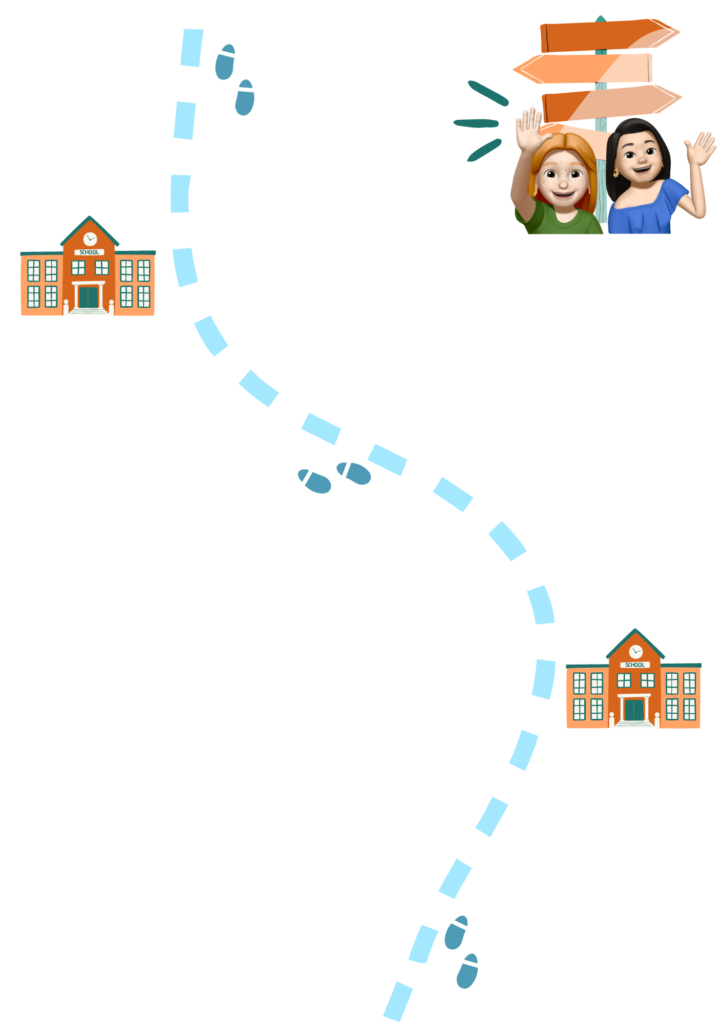
Sevenoaks School, situated in Sevenoaks, Kent, is an independent day and boarding school catering to boys and girls aged 11 to 18. Established in 1432, it holds the distinction of being the second oldest non-denominational school in the United Kingdom. Its Teaching and Learning Department is impressive and aims to inspire its teachers.
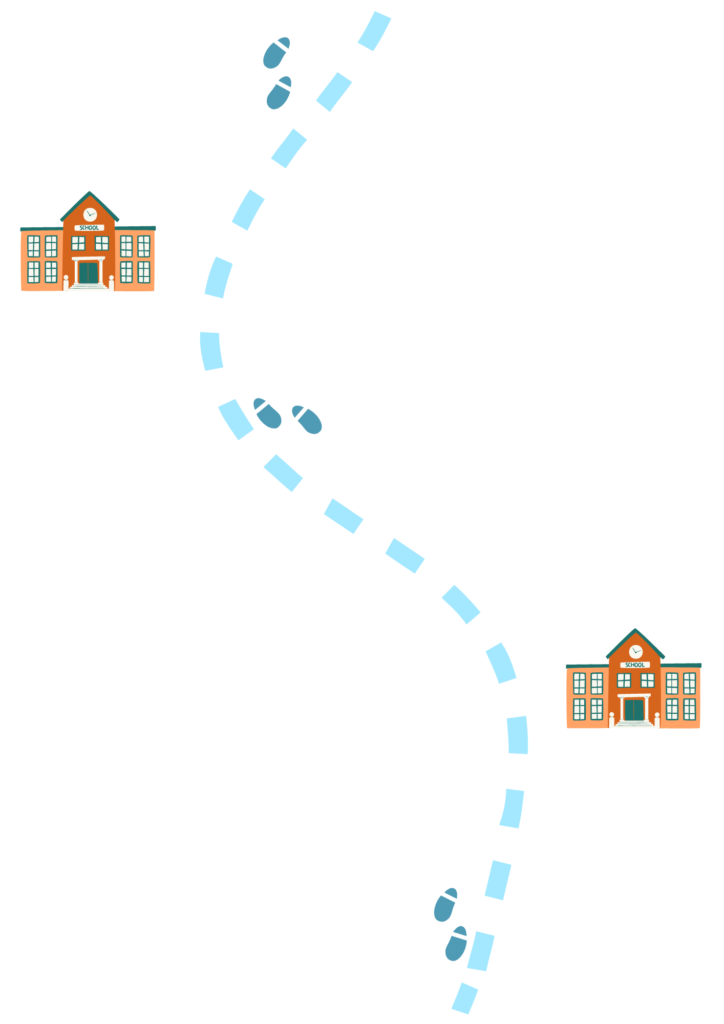
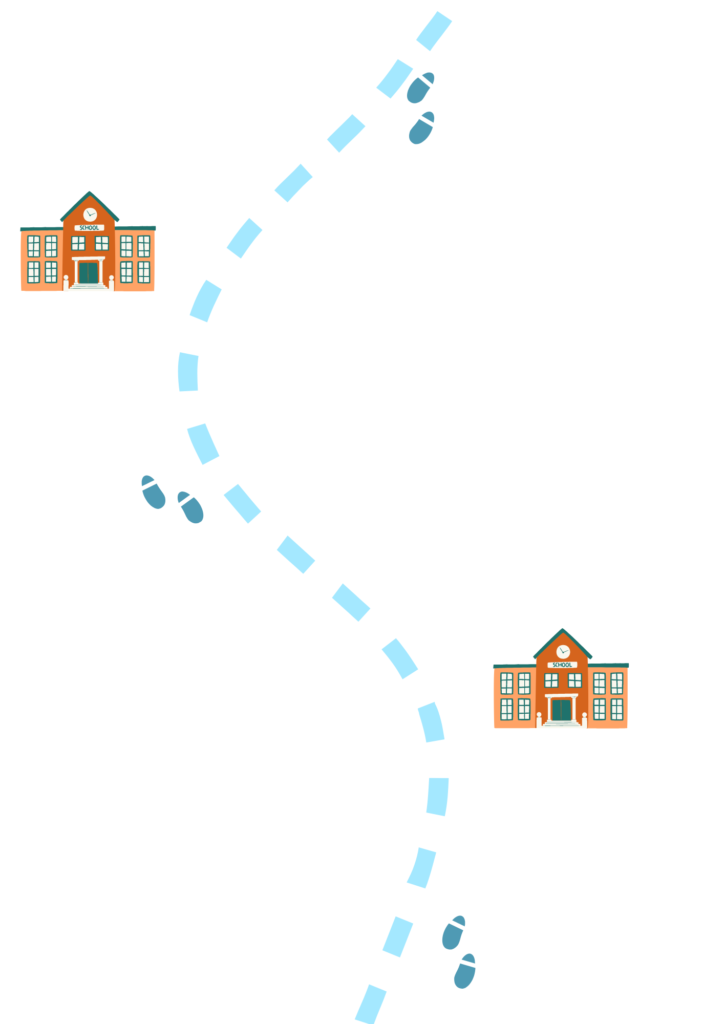
Tea for two and two for tea...
Because sometimes pictures convey more than words can express...
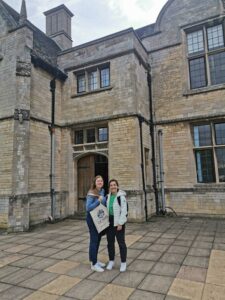
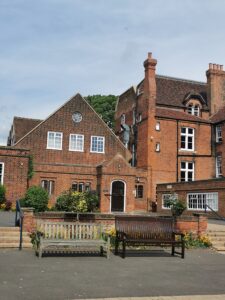
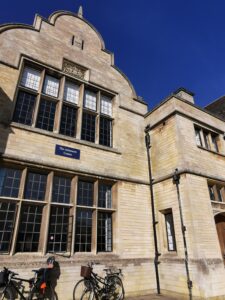
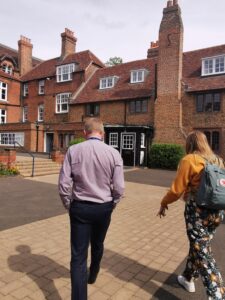
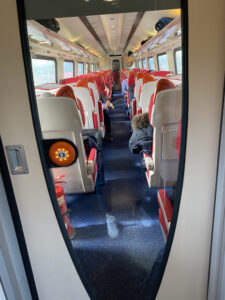
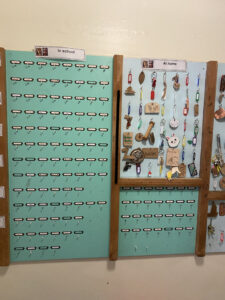
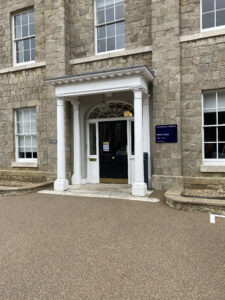
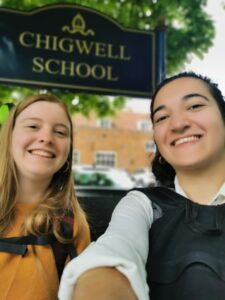
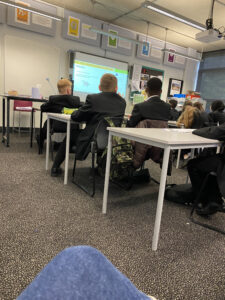
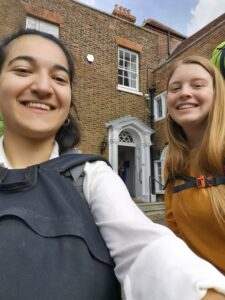


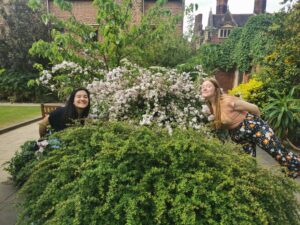
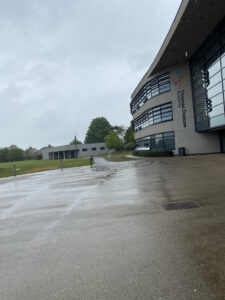
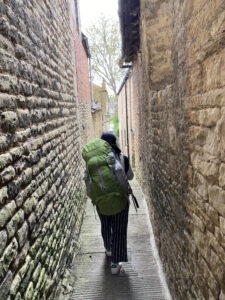
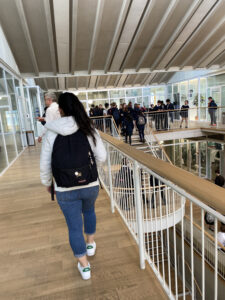
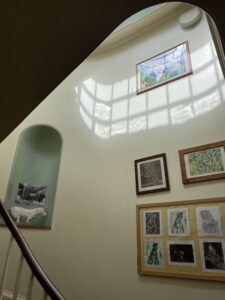

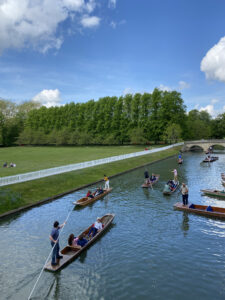
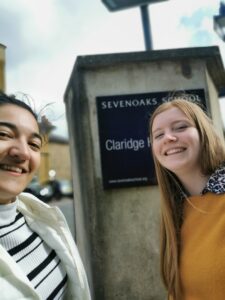
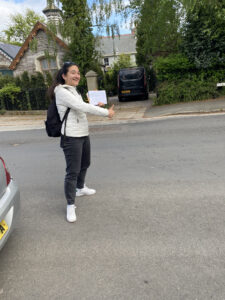
This country is amazing !
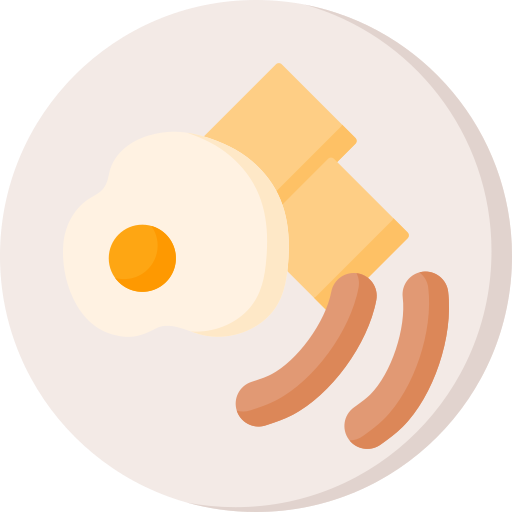
English Breakfast
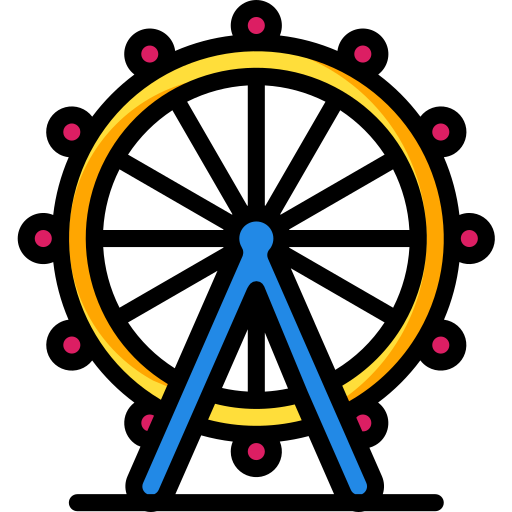
London
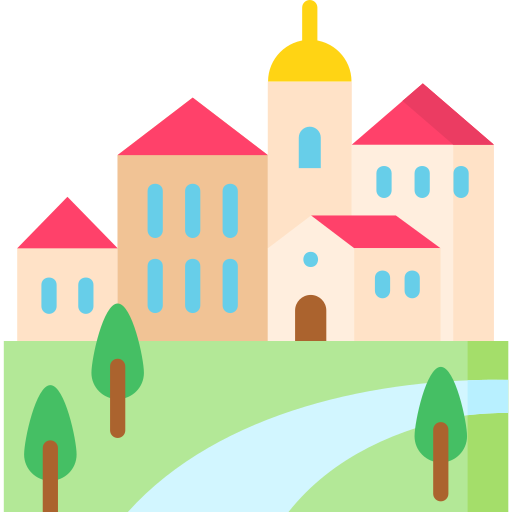
English countryside
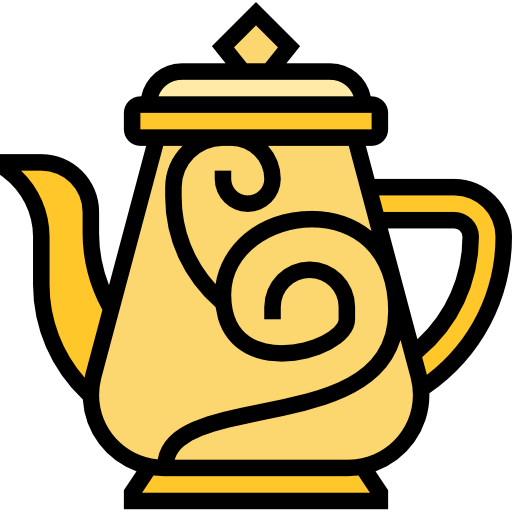
Tea
You need to share authority to empower young people. By doing that, you’ll find a new kind of authority through kindness, care, in and out of the classroom
Sean Bellamy
Head of Sands School, social sciences and criminology teacher
If you want to learn more about education in England...
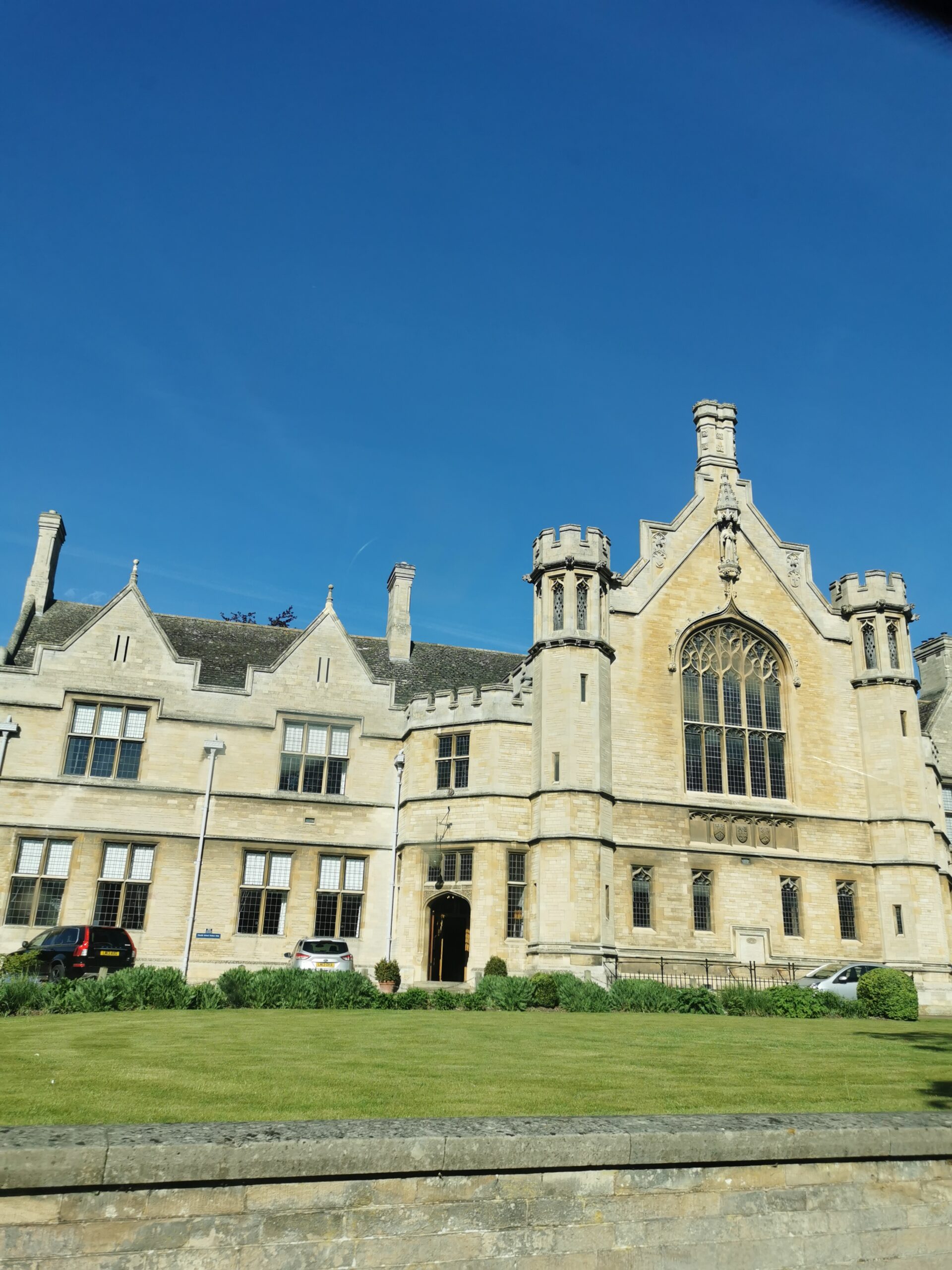
Oundle School
![]()
An independent English private school renowned for its academic quality and its promotion of extra-curricular activities.

